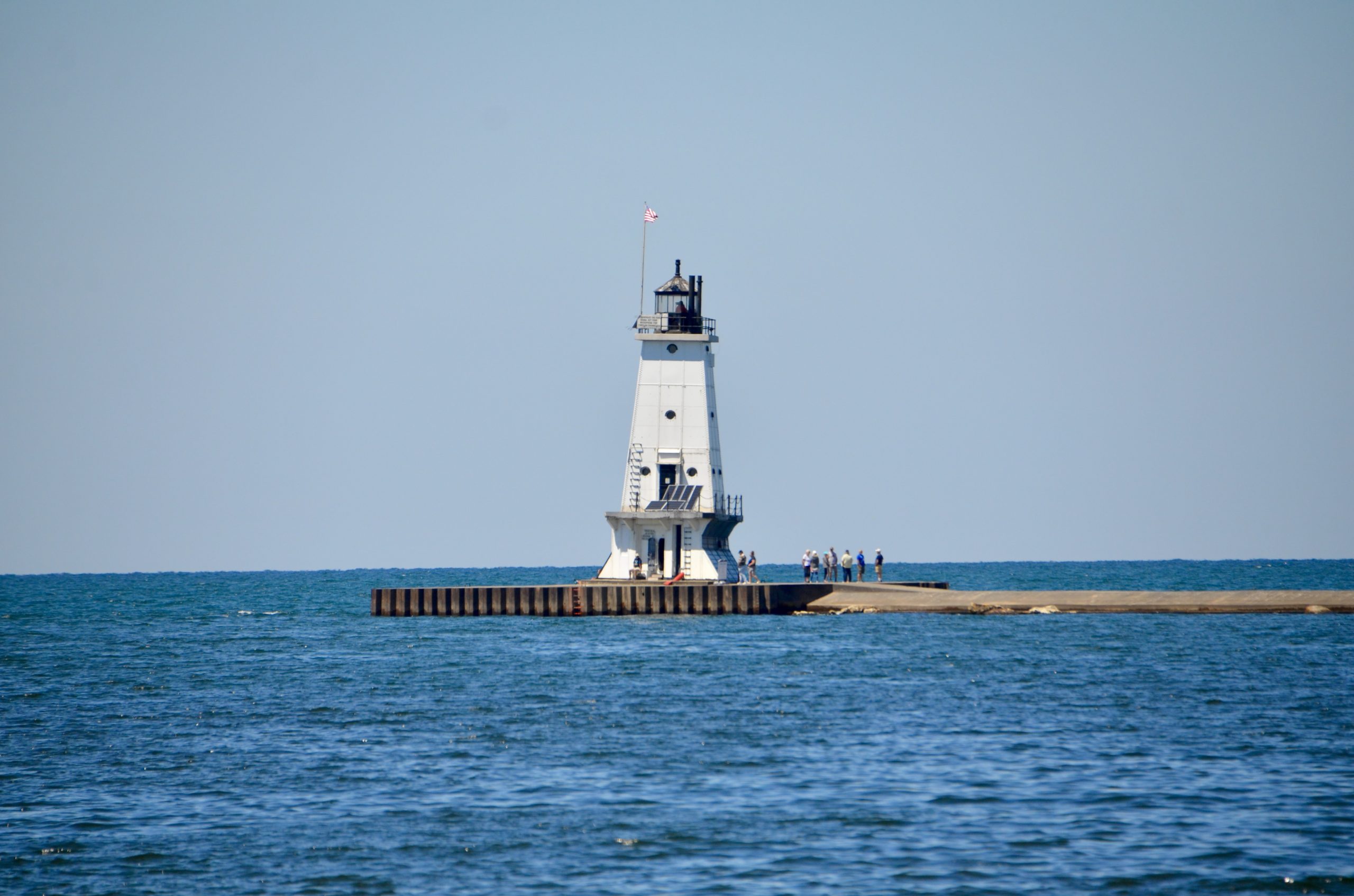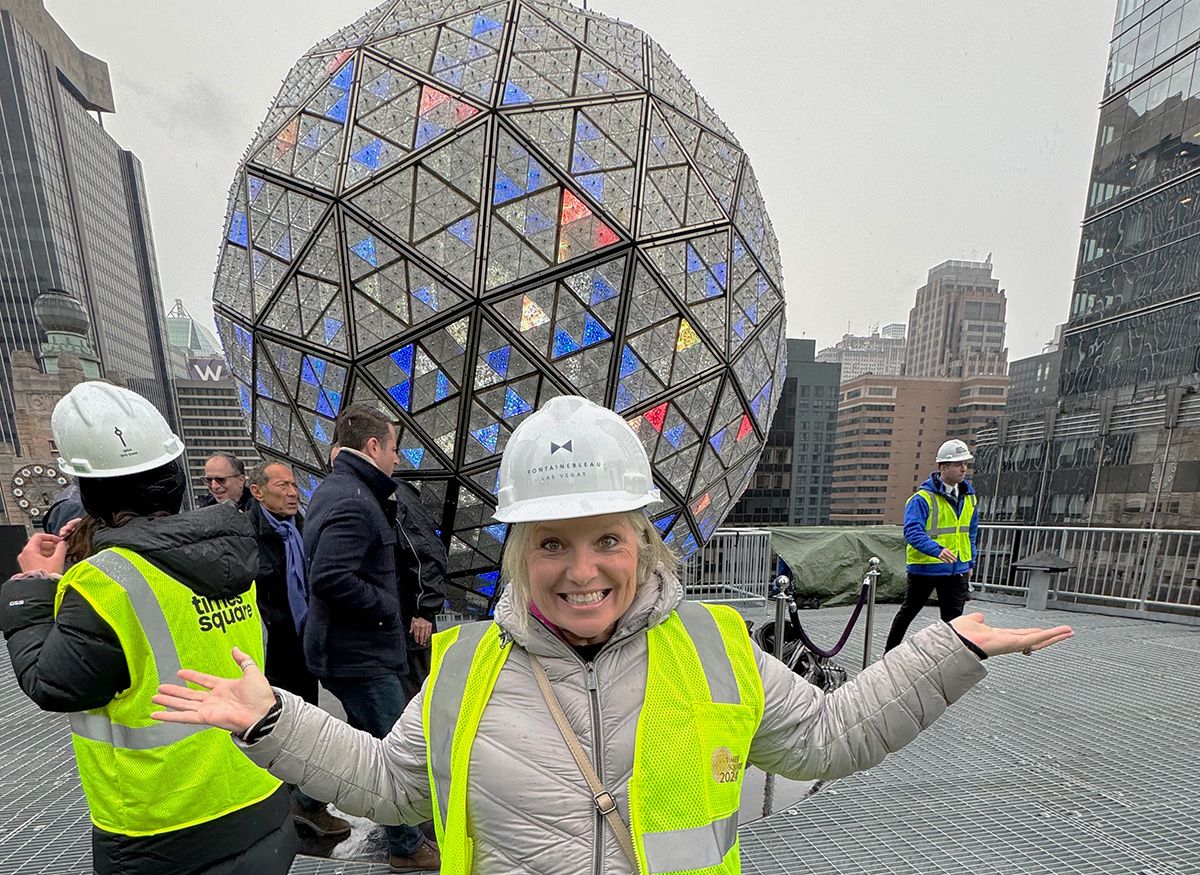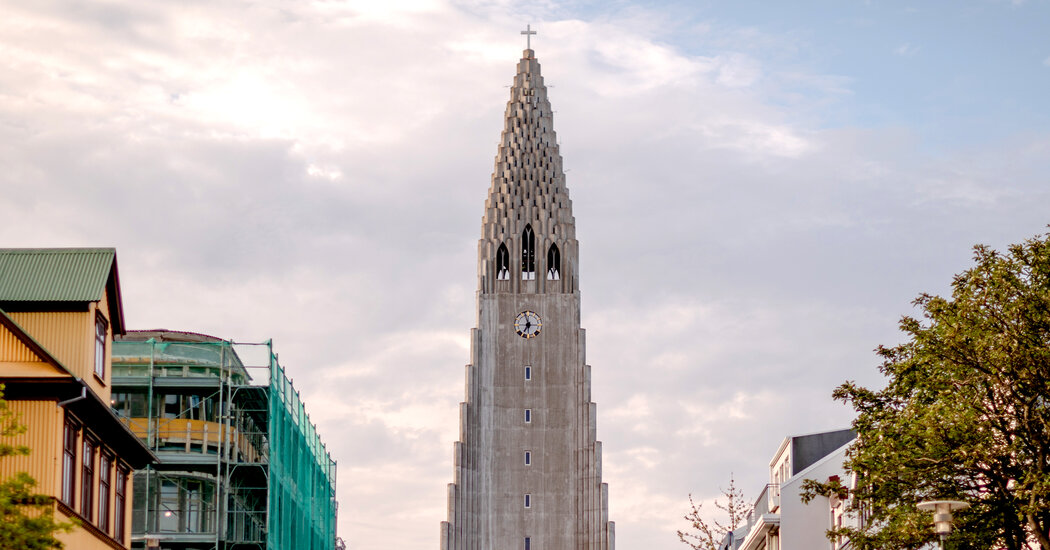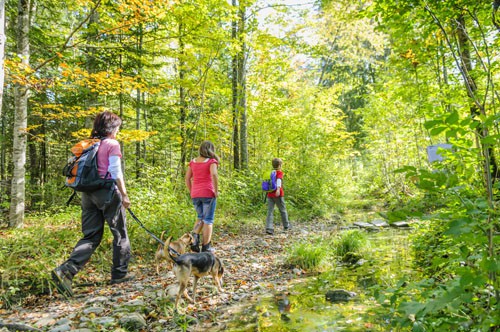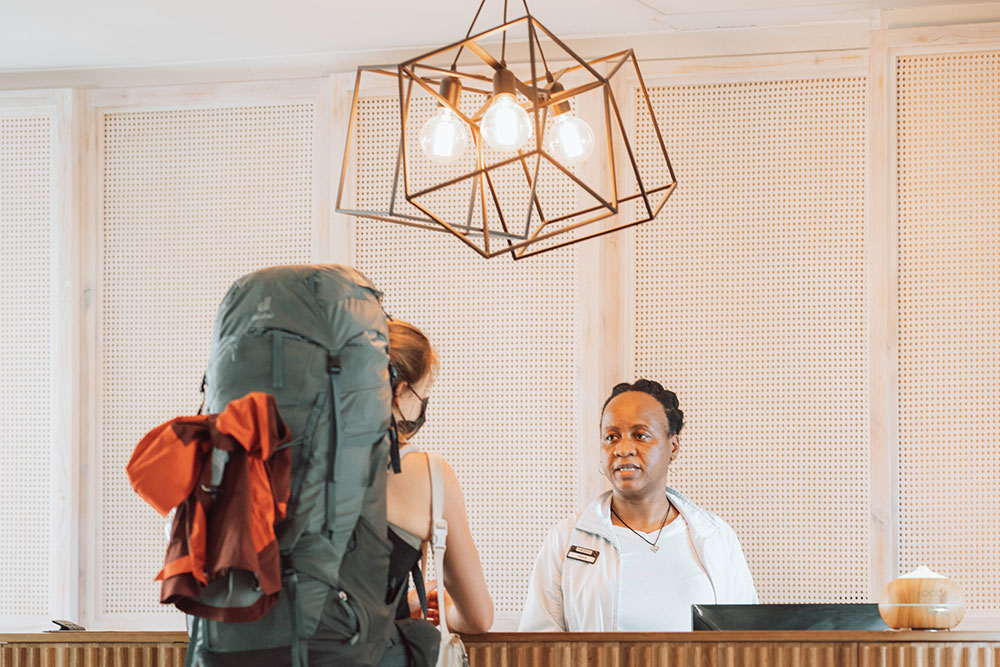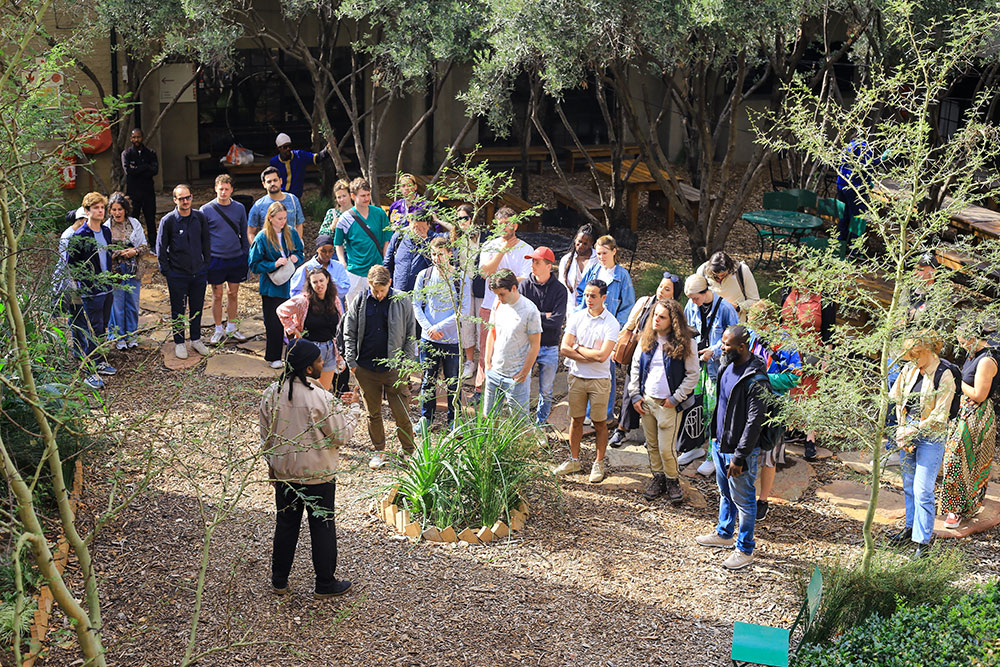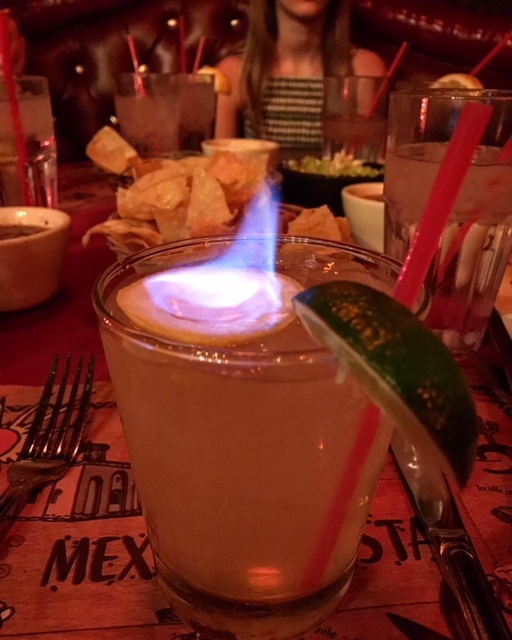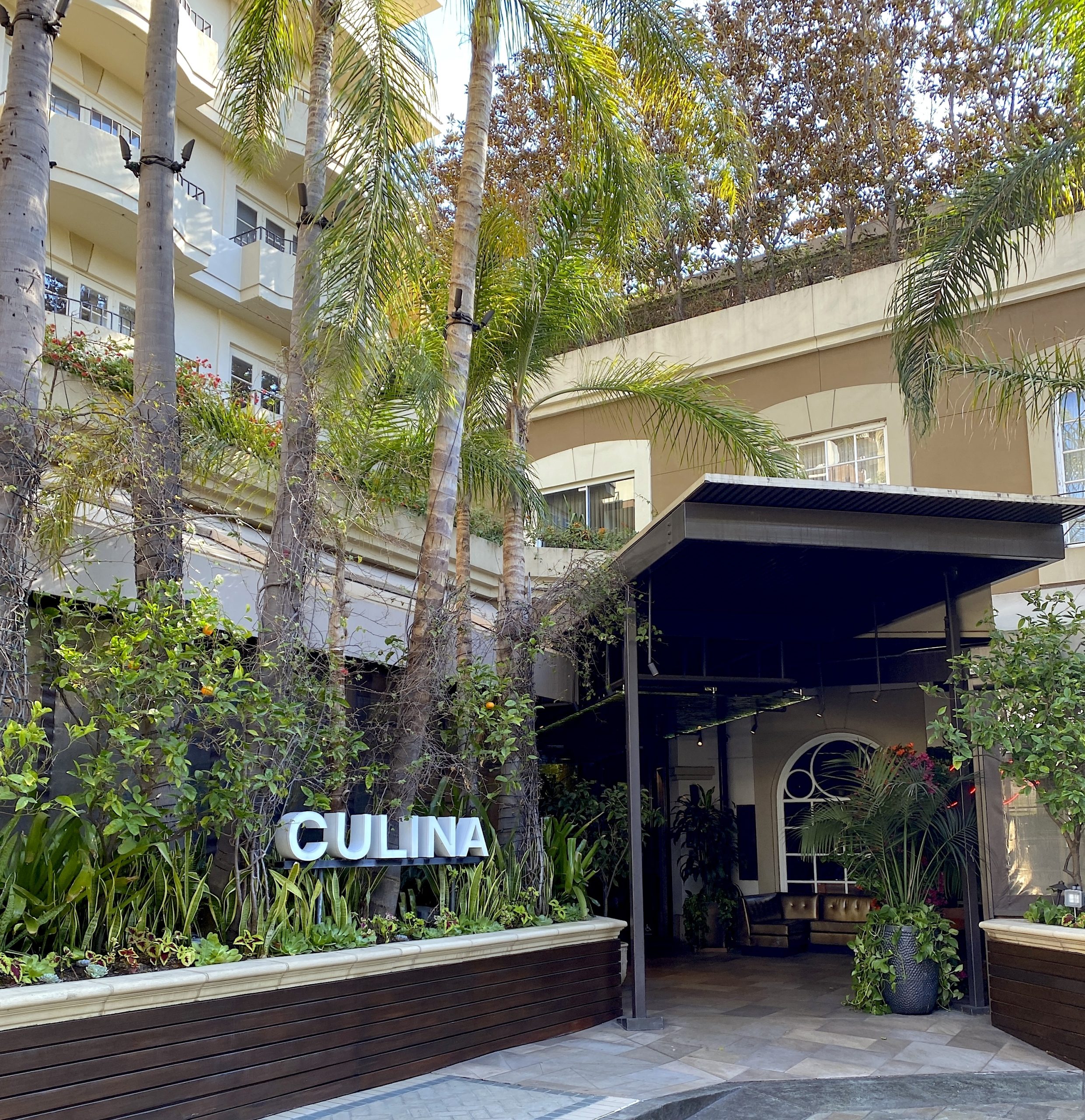
How wild west homesteading spawned Denali’s tourism zone
When traveling the 350-plus miles between Anchorage and Fairbanks on the George Parks Highway, there are very few pauses in the undeveloped wilderness. One such pocket of civilization is the half-mile swath of roadside businesses outside of Denali National Park and Preserve, commonly known as the Canyon.
Since I live in the area and drive by the Canyon often, I became curious about the origins of the place. There had to be a story behind this flashy strip mall that sells Alaskan license plate keepsakes, beckons growling stomachs with a variety of food, and fills RV tanks with gas. Turns out, the Canyon began with three entrepreneurial hippies staking a claim on land for development. But to understand the evolution fully, we must dig deeper.
First, let’s go back to pre-1923 when Denali National Park and Preserve (previously known as Mt. McKinley National Park) was entertaining about 12 tourists annually. Without a highway or railroad, it was a multi-day trip just to get to the park’s boundary. Thanks to railroad construction, visitation climbed to more than 1,000 in 1929, and concessionaires inevitably started popping up.
Fast forward to the 1970s: Though Alaska was officially a state by then, it was still firmly entrenched in the homestead era. Around the Denali area, park employees and folks from neighboring communities of Cantwell and Healy claimed federal parcels of land, virtually for free.
Three men—Steve Jones, Chalon Harris, and Charlie Travers—were among those homesteaders, and they were in the right place at the right time for business opportunities.
“I was at the bar having a beer one evening, and there was a guy talking about surveying the highway,” explains Jones. The next day, he got together with Harris and Travers (who worked for the park as a seasonal ranger) to confirm rumors about what was then called the Anchorage-Fairbanks Highway and later the George Parks Highway (Alaska Route 3) connecting Anchorage to Fairbanks.
The highway would promote an influx of park visitors, and thus motivate a new tourism destination zone. The banks of the Nenana River corridor were ripe for development and available as “Trade & Manufacturing” claims. Similar to personal homesteading, someone could call dibs on up to 80 acres for enterprise purposes. In this case, they just had to ford the Nenana River.
“We all knew something was up and knew what land on a national park boundary was worth. We all came from areas that had national parks and it was a no-brainer to own a piece of property adjacent to the park. If we didn’t jump on it, someone else would have,” Jones recalls. While Harris and Travers were in their 30s, Jones had just turned 21.
The highway completion in 1971 prompted annual park visitation to grow to 436,000, taking it from a quiet and remote park to a popular international destination.
“Trade & Manufacturing” rules stipulated that you had to cultivate the land for business within five years, and the three men easily fulfilled that by building a few campsites and rental cabins. Over time, they subdivided their parcels. Travers is the only one to still own property in the Canyon, about five acres he leases on the east side of the highway. A real estate company purchased his land on the west side, and they lease it to Holland America and Princess. As the area responded to the tourist boom and electricity arrived in 1986, some local folks nicknamed the Canyon “Glitter Gulch.”
Nowadays there are more than 20 private businesses on the east side of the highway catering to the throngs of tourists flocking to the park. Karen and Ford Reeves were among the first individuals to purchase about nine acres from Harris on the northeast side. They built and opened three businesses in 1993. Today, they lease much of their land to five others, but one of their original ventures, Northern Lights Gift Shop, remains operational.
“When we opened for the first time, we had to run extension cords 100 feet from the power pole for our cash registers,” Ford remembers.
“It has always been a privilege to live in a spot that so many people plan and save for to visit just once,” Karen says. But to be one of the cluster of outfits that sits boarded up through winter months requires perseverance through challenges like attracting enough seasonal employees and trying to predict visitation and weather.
Karen perfectly sums it up: “The falls are fat; the springs are skinny—that’s the seasonal way of life in Denali!”
Publisher: Source link
Latest Posts
-
31 July 2025
-
26 July 2025
-
14 July 2025
-
01 July 2025
-
07 August 2025
-
29 July 2025
-
20 February 2025
-
04 February 2025
Newsletter
Sign up for free and be the first to get notified about new posts.
Get The Best Blog Stories into Your icountox!
Sign up for free and be the first to get notified about new posts.

